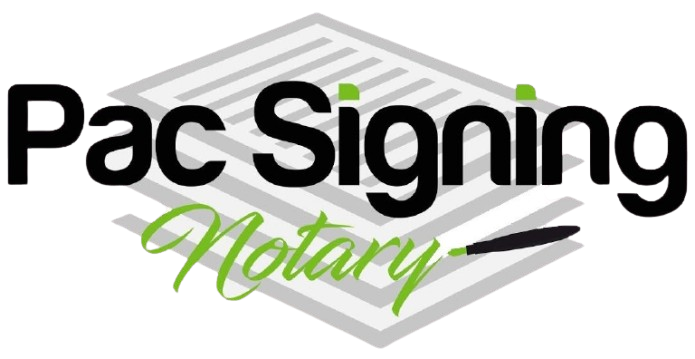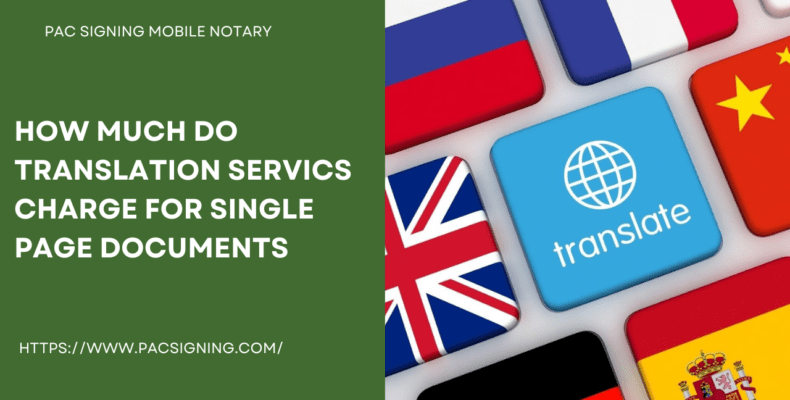In today’s interconnected global landscape, the demand for accurate and efficient translation services is ever-present. Among the myriad queries that arise when seeking translation assistance, one of the most common pertains to the cost of translating a single-page document. Grasping the intricacies of translation pricing is crucial for individuals and businesses alike.
Factors Shaping Translation Costs
Embarking on the journey of cost assessment requires a nuanced understanding of the key factors influencing translation service charges.
Language Pairing:
Delving into how the language combination impacts pricing is essential. Emphasize the variations between common and rare language pairs, where the latter often incurs higher costs due to the scarcity of qualified translators.
Content Complexity:
Exploring the correlation between the complexity of the document’s content and translation costs is vital. Technical or specialized content often demands a higher level of expertise, impacting the pricing accordingly.
Turnaround Time:
Examining the relationship between urgency and pricing sheds light on the trade-offs between swift delivery and cost-effectiveness. Urgent projects may incur rush fees, while longer deadlines allow for more cost-effective options.
Navigating Translation Service Types
Different translation approaches come with distinct price tags, and understanding these options is crucial for making an informed decision.
Human Translation:
Highlighting the precision and cultural nuances that human translators bring to the table is important. Acknowledge that while human translation often comes with a higher cost, it ensures accuracy and fluency that automated methods may lack.
Hybrid Approaches:
Explore the emerging trend of combining human and machine translation methods. Consider the associated costs and benefits, as hybrid approaches offer a balance between accuracy and efficiency.
Industry Standards and Pricing Models
Understanding prevailing standards and common pricing models in the translation industry provides a solid foundation for evaluating costs.
Per Word Pricing:
Breaking down the widely adopted per-word pricing model is essential. Discuss its advantages, such as transparency and scalability, as well as potential pitfalls, such as variations in word count estimates.
Flat-rate Pricing:
Examining scenarios where translation services might offer a fixed rate for single-page documents provides insights into the stability it offers clients. Discuss factors that may influence flat-rate pricing, such as document length and complexity.
Hourly Rates:
Unpacking instances where hourly rates might be applied, particularly for intricate or ongoing projects, helps readers understand this less common but sometimes necessary pricing model.
Unraveling Additional Services and Fees
Beyond the legal translation service, it’s vital to be aware of additional services and potential extra charges.
Editing and Proofreading:
Elaborating on how additional services like editing and proofreading can impact the overall cost emphasizes their value in ensuring quality. Discuss the role of these services in enhancing accuracy and readability.
Revision Requests:
Discussing the implications of multiple revision requests on the final bill urges clients to communicate clearly to minimize unnecessary revisions. Emphasize the importance of providing clear instructions upfront to streamline the revision process.
Certification and Notarization:
Shedding light on the added costs associated with certified translations, essential for legal or official documents, helps readers understand the importance of these services and their impact on pricing.
Comparing Translation Service Providers
Equipping oneself with the knowledge to compare different translation service providers is crucial in making a well-informed decision.
Market Rates:
Reviews and Reputation:
Emphasizing the significance of considering a service provider’s reputation and client testimonials provides insights into the quality of service. Encourage readers to research and compare reviews to make informed decisions.
Hidden Costs:
Advising readers to exercise caution and be aware of potential hidden fees and charges ensures transparency in the billing process. Provide examples of common hidden costs and strategies for identifying and negotiating them.
Conclusion:
Navigating the landscape of translation costs for single-page documents demands a comprehensive understanding of the factors at play. Armed with this knowledge, individuals and businesses can confidently choose a translation service that aligns with their needs, ensuring linguistic accuracy without breaking the budget. By considering factors such as language pairing, content complexity, service types, pricing models, and additional fees, stakeholders can make informed decisions that maximize value and quality in translation services.

